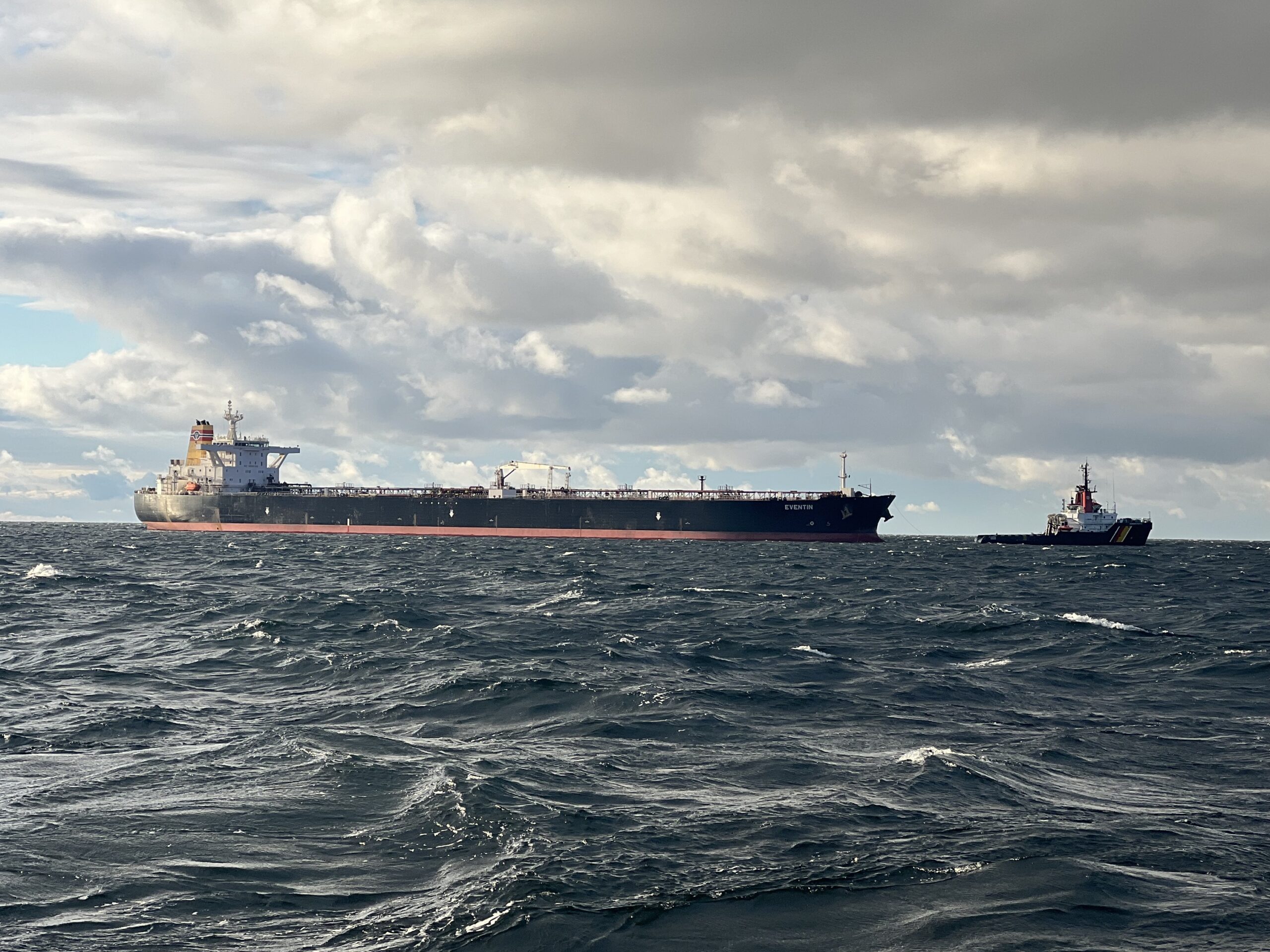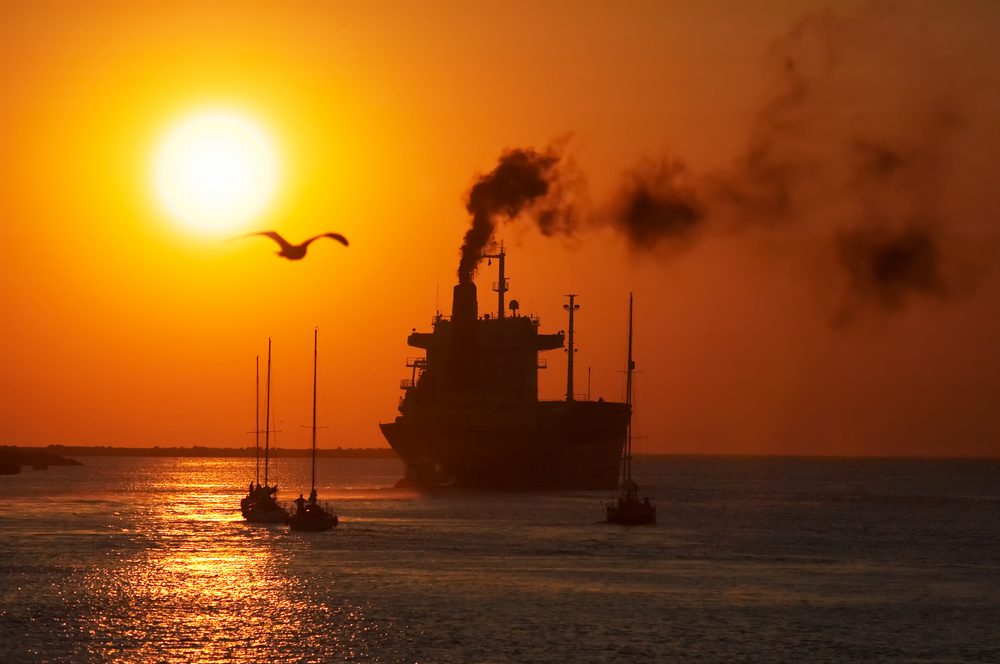(Bloomberg) —
The International Energy Agency has lowered its outlook for Russia’s oil production this year by only a narrow margin even with sweeping western energy sanctions, as the Paris-based organization expects the nation to come up with workarounds.
As the US restrictions on two major Russian oil exporters and a significant part of the nation’s so-called shadow tanker fleet come into full effect later this month, “new deceptive shipping practices to sustain these lucrative exports and collateral disruptions for global shipping could undermine these efforts,” the IEA said in its monthly oil-market report.
Russia’s oil production in 2025 is now forecast at an average 9.25 million barrels a day, only 150 thousand barrels a day below last month’s outlook, the agency said.
The former Biden administration imposed the harshest ever sanctions on the Russian energy segment in early January, in an attempt to improve Ukraine’s position in any future peace talks with the Kremlin. Multiple tankers, traders, two large producers — Gazprom Neft PJSC and Surgutneftegas PJSC — were blacklisted, key Russian insurance companies have been named, and US oil service providers have been told to exit.
While US President Donald Trump has said he wants to reach a quick peace deal in Ukraine and described as “highly productive” his Wednesday phone call with Russia’s Vladimir Putin, the new US administration has not indicated its position on easing sanctions pressure on Russia.
The US restrictions put on the black list tankers that last year carried around 1.5 million barrels a day of Russian crude and some 200 thousand barrels a day of the nation’s petroleum products, the IEA estimated.
In the immediate aftermath, buyers of Russian crude halted activity to assess potential risks, the report said. “This resulted in an immediate but brief build of Russian oil on water,” especially in China, and widened the price discounts of Russian barrels to international benchmarks.
However, since then, tensions have eased, “presumably as operators use the wind-down period to discharge cargoes loaded before 10 January,” the report said. Russian crude supplies in January grew to 9.2 million barrels a day, and the barrels traded above the $60 price cap.
“Workarounds to sustain Russian export volumes may well appear in the coming weeks,” after the wind-down period for the sanctions expires on Feb. 27, the IEA said.
Russia’s crude exports have received some support from reduced domestic oil consumption amid repeated successful Ukrainian drone attacks on refineries, according to the IEA. The agency has lowered the outlook for Russia’s crude processing in the first quarter by 170,000 barrels a day due to the attacks.
© 2025 Bloomberg L.P.

 Join The Club
Join The Club











